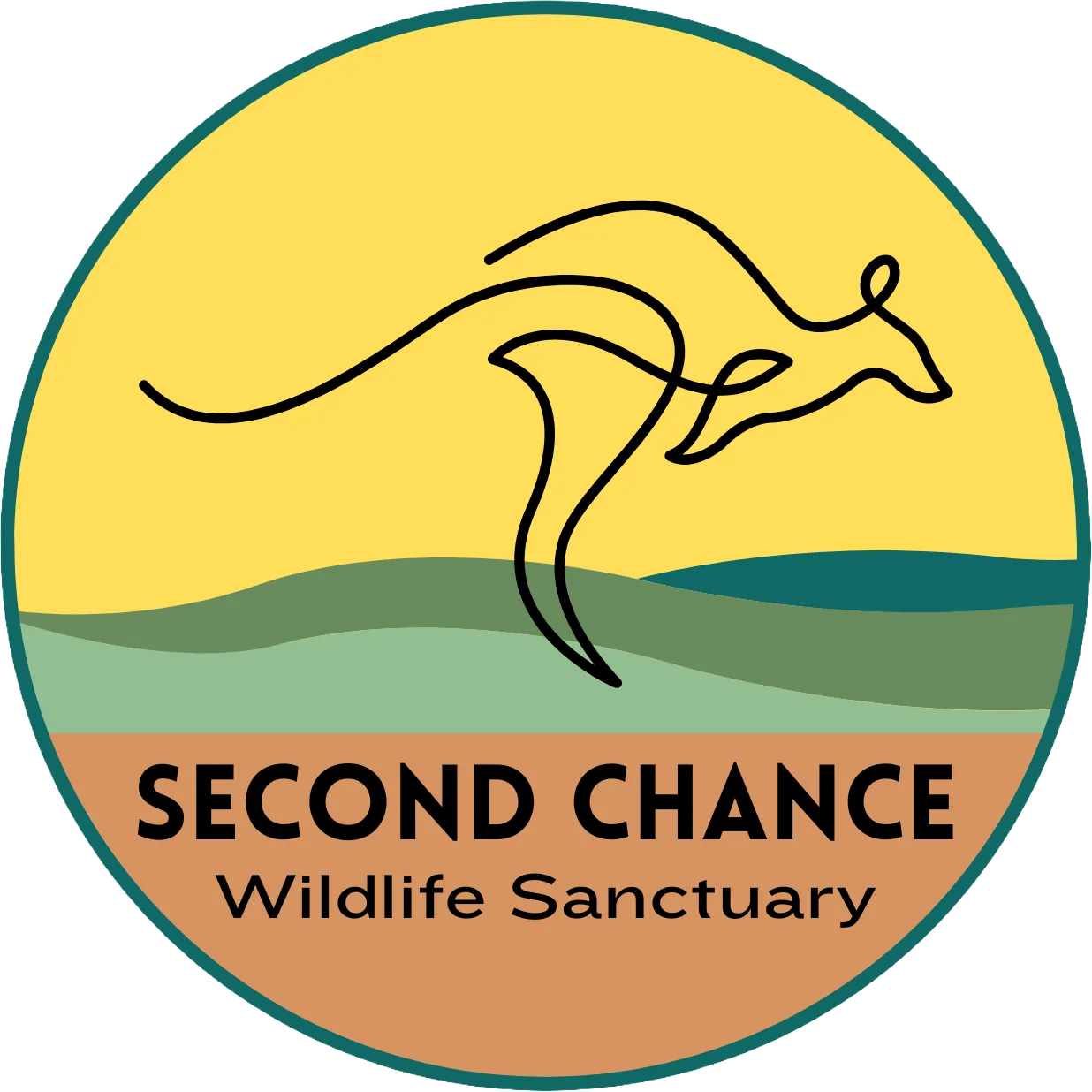Why We Are Doing It

Threats
Australia’s native wildlife is facing an unprecedented plight, challenged by a relentless combination of threats that are driving many species toward decline and extinction. Every day, countless creatures fall victim to motor vehicle collisions as they are forced to navigate fragmented landscapes in search of food, shelter, and safety.
Invasive predators such as foxes and feral cats continue to devastate native populations, particularly those with no natural defences against such threats. Emerging diseases, fuelled by environmental stress and climate change, further endanger already vulnerable species. Compounding these challenges are the increasing frequency and severity of natural disasters, raging bushfires, catastrophic floods, and prolonged droughts, that destroy habitats and leave wildlife injured, orphaned, or displaced.
These mounting pressures are taking a heartbreaking toll on Australia’s biodiversity. Urgent and compassionate action is needed to protect, rehabilitate, and preserve what remains. Without it, the future of our unique and irreplaceable wildlife hangs in the balance.




Crisis
Habitat loss driven by land clearing, urban sprawl, and deforestation is rapidly dismantling the natural ecosystems that Australia’s wildlife depends on for survival. Our native species are being displaced, isolated, and exposed to increasing dangers, leaving them with nowhere to hide and nowhere to call home.
We are witnessing a biodiversity crisis of unprecedented scale, nature is vanishing at a pace not seen in 10 million years. Australia now holds the tragic distinction of leading the world in mammal extinctions and ranks second globally for overall biodiversity loss. Nineteen of our ecosystems are on the verge of collapse, and over 2,200 species and ecological communities are officially listed as threatened. Alarmingly, more than half of these are classified as endangered or critically endangered.
Wildlife across the country is being pushed to the brink, struggling to survive in a landscape altered beyond recognition. This is a national emergency, and it demands immediate, united action. If we do not intervene with urgency, care, and commitment, we risk losing some of our most iconic and irreplaceable species forever.

Trauma
Australia’s native wildlife is in crisis—and the trauma they endure is heartbreaking. Every year, tens of thousands of injured, sick, and orphaned animals are found across the Sunshine Coast alone, victims of vehicle collisions, habitat destruction, attacks by domestic pets, natural disasters, and disease. The volume of animals needing urgent veterinary care has reached critical levels.
Local wildlife groups and dedicated veterinarians are working tirelessly, but they are overwhelmed and under-resourced. Many veterinary practices are unable to take in wildlife due to lack of training, capacity, or resources, and there is a severe shortage of veterinarians qualified or willing to treat native species. As a result, countless animals are turned away or go without the care they desperately need.
The need for purpose-built wildlife hospitals has never been more urgent. These specialised facilities would provide immediate triage, treatment, and recovery support, giving our wildlife the best possible chance of survival. Without them, many animals will continue to suffer needlessly. It’s time to step up, take responsibility, and create a system that ensures our native species receive the care, compassion, and protection they deserve.



Reciprocal Healing
Meaningful connection with wildlife has a profound and healing impact on human well-being. The act of caring for vulnerable animals nurtures empathy, compassion, and a sense of purpose. It grounds us in the present moment, offering emotional relief and a powerful sense of calm, helping to heal trauma not only in the animals we care for, but within ourselves.
This deep, reciprocal bond reminds us of our place within the natural world. Our physical and emotional survival is inseparable from the health of the planet. A thriving Earth, rich in biodiversity, with clean air, water, and resilient ecosystems, is not just a legacy we leave behind, but a vital foundation for our continued existence. Protecting wildlife is not only an act of conservation, it is an act of healing, for all life.
Wildlife crisis

